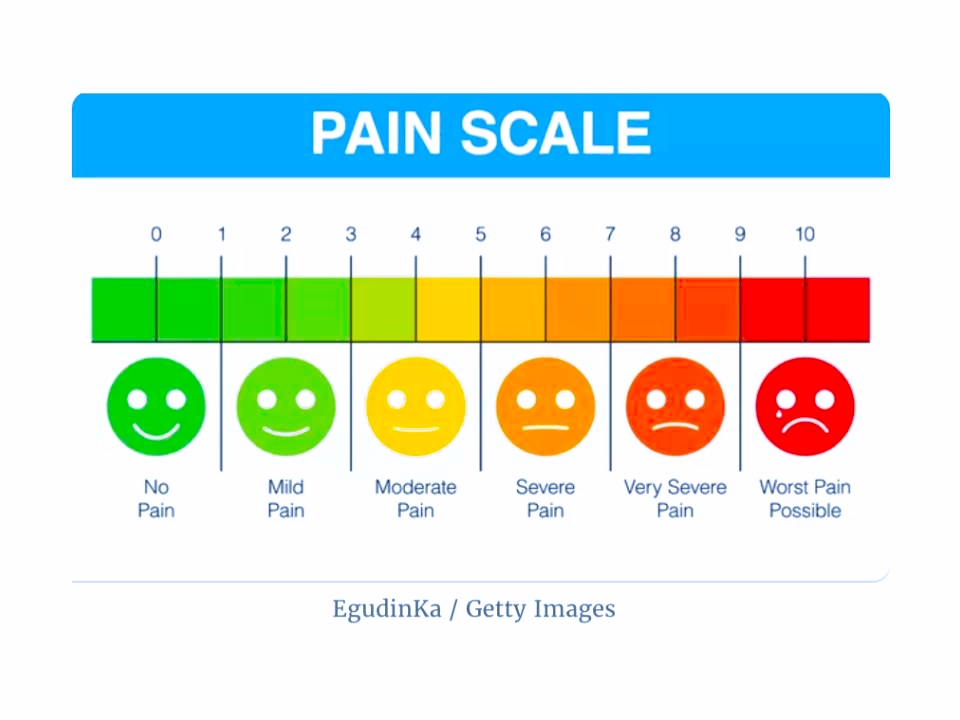
What is Pain?
Chronic pain can be classified as nociceptive, neuropathic, and/or “centralized”:
• Nociceptive pain is caused by stimuli that threaten or result from bodily tissue damage. It is expected after surgical and other acute traumatic injury, and is associated with a range of musculoskeletal and visceral conditions that involve inflammatory, ischemic, infectious, or mechanical/compressive injury.
• Neuropathic pain results from a maladaptive response to damage or pathology of the somatosensory nervous system, and consists of a central and/or peripheral disorder of pain modulation. Causes of neuropathic pain are varied, and include peripheral (eg, painful diabetic neuropathy, postherpetic neuralgia, nerve trauma, autoimmune disorders) and CNS sites of initial injury or disease (eg, stroke or spinal cord injury, multiple sclerosis, trigeminal neuralgia).
• Nociplastic pain (also called centralized pain or pain hypersensitivity) results from altered pain sensory processing and impaired central pain modulation. Centralization can occur as a consequence of persistent noxious stimulation from either or both nociceptive and neuropathic pain, and most “centralized pain” is a mixture of both.
Pain is always a personal experience that is influenced to varying degrees by biological, psychological, and social factors. Thus, evaluation of a person with chronic pain requires a search for a biomedical cause, psychologic and social evaluation, and assessment of physical function and sleep. Please call The Manhattan Center for Headache and Neurology for an appointment with one of our dedicated and caring providers for a complete evaluation of your pain.
–Alice Wong, NP
https://www.uptodate.com/contents/evaluation-of-chronic-non-cancer-pain-in-adults
